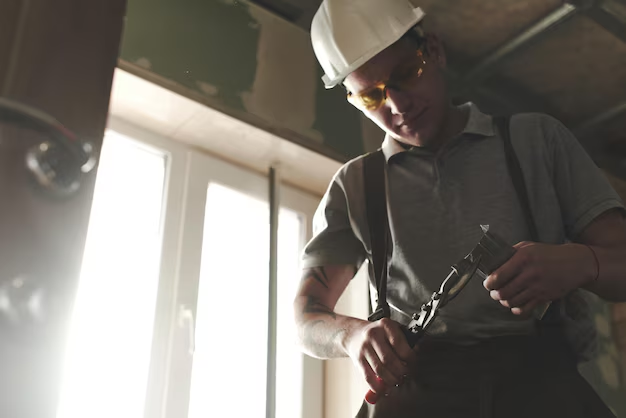Essential DIY Home Repairs Every Homeowner Should Master
Owning a home is a rewarding experience, but it also comes with its share of responsibilities. While hiring professionals to fix problems can be convenient, it's also costly. Fortunately, learning a few DIY home repairs can save you both time and money, and provide a sense of empowerment in maintaining your residence. Here are some key repairs every homeowner should know how to handle.
Fixing a Leaky Faucet
One of the most common household issues is a leaky faucet. It's not just the annoying drip-drip sound that is the problem; it significantly raises your water bill. To fix it, first, turn off the water supply to the faucet. Then, disassemble the handle to access the O-ring or washer, which often needs replacement. With a screwdriver and a bit of patience, you can save yourself from excess expenses and water waste.
Unclogging a Drain
Clogged drains are a household nuisance, but you don’t always need a plumber. A plunger or a plumbing snake can work wonders. For bathroom sinks clogged with hair, a mixture of vinegar and baking soda can break down organic material. Regularly clean drains to prevent buildup and avoid harsher chemicals that could damage your pipes.
Patch Drywall Holes
Have a nail hole or a small dent in your wall? It's easier than you think to fix. Use a spackle and a putty knife to fill the hole. Once it dries, sand it smoothly and apply a bit of matching paint. You'll be amazed at how a small repair can make your walls look refreshed.
Resetting a Tripped Breaker
When a circuit breaker trips, it’s usually due to overload. Head to your electrical panel (the gray box) and look for any switch that is not aligned with the others. Turn it off completely and then back on. If the problem persists, check which appliances are causing the overload and move them to a different circuit if needed.
Sealing Drafty Windows and Doors
Drafts can cause your energy bills to skyrocket. Use weatherstripping or caulking to seal any gaps in windows and doors. Not only will this save energy, but it will also keep your home temperature consistent and comfortable throughout the seasons.
Toilet Troubleshooting
Running toilets are another common issue. Typically, the flapper inside the tank doesn’t seal properly. Turn off the water, drain the tank, and replace the flapper if it's damaged. A quick fix for an annoying issue that can waste gallons of water a day.
These DIY repairs save money and give you more confidence as a capable homeowner. Additionally, these skills can be a bridge to higher-value understanding of your home environment. Should larger projects arise, organizations and programs can assist in funding and further education.
Consider the government aid programs designed to provide financial assistance with home improvements, as well as educational grants for courses in home repair and maintenance. These resources provide pathways to enhanced financial and practical skill sets, allowing you to manage larger household projects more effectively.
Resources for Homeowners 🏠
Community Development Block Grants (CDBG): Federal funds that local governments use for neighborhood revitalization and home maintenance aid.
Weatherization Assistance Program (WAP): Reduces energy costs for low-income households by increasing the energy efficiency of their homes.
FHA Title I Property Improvement Loans: Loans for minor home repairs, offered to both owners and renters.
Consumer Credit Counseling Services: Helps manage current debts to allow financial room for necessary home repairs.
DIY Home Improvement Courses: Many local community colleges offer affordable classes on basic home repairs and maintenance.
Utilize these resources to discover financial relief and education options that can ultimately ease the pressures of homeownership and broaden your repair skills.
